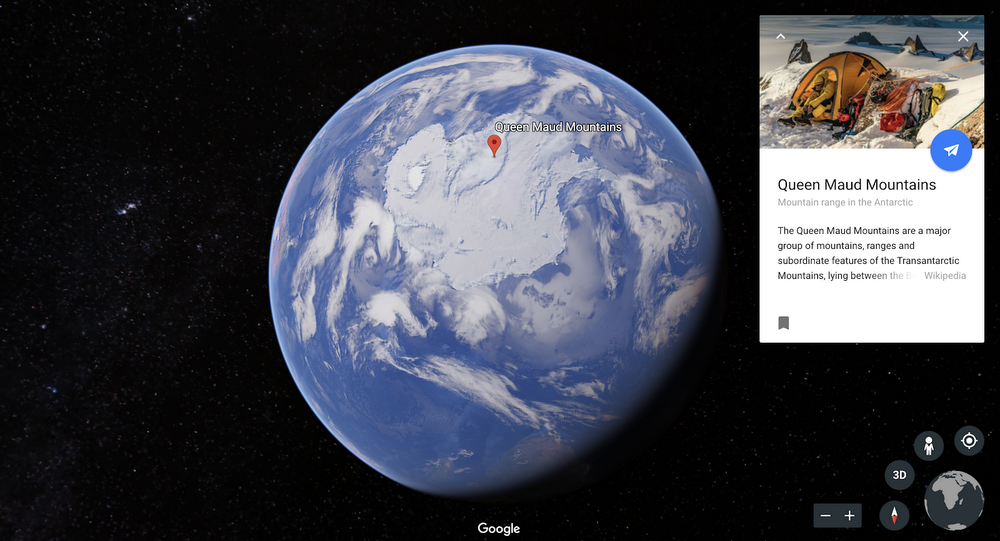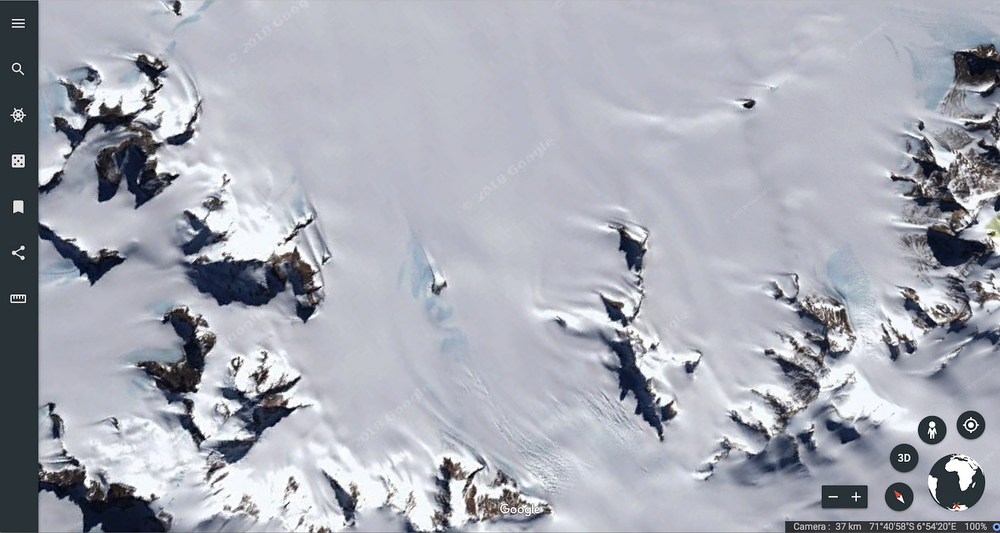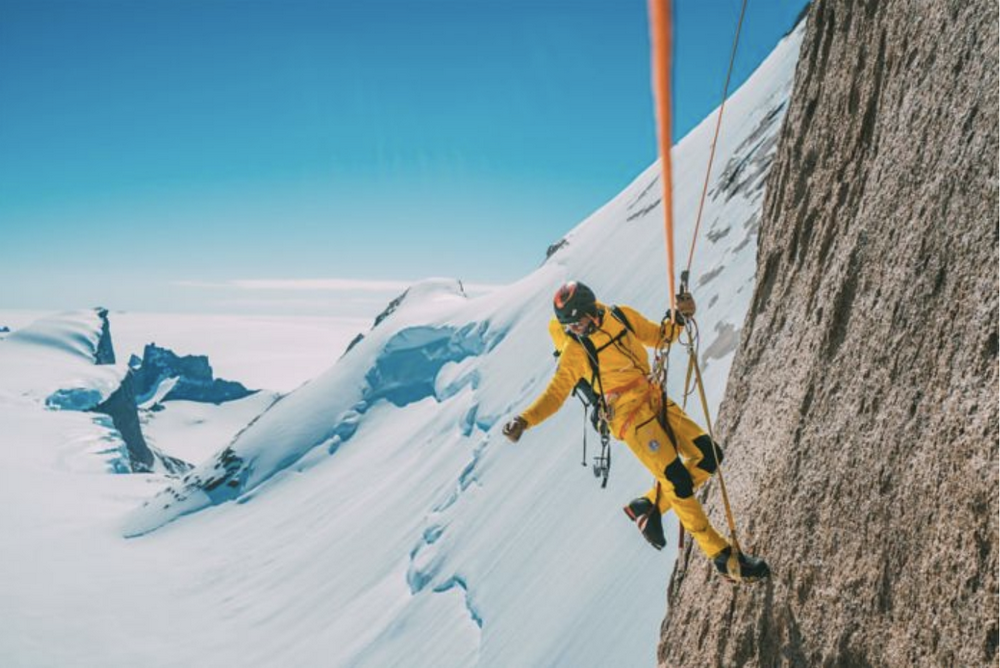ALL COUNTRIES:
Editor’s note: This guest post comes from Conrad Anker, a rock climber and adventurer who used Google Earth to aid his quest to explore Antarctica’s remote Queen Maud Land with other athletes from The North Face team.
Nearly twenty-two years ago, my late friend Alex Lowe, Jon Krakauer and I huddled over a stack of tattered Norwegian maps from the “International Geophysical Year, 1957 – 58.” These were the first maps of Antarctica’s remote Queen Maud Land, a stark glacial landscape dotted with impossibly jagged granite spires protruding from thousands of feet of ice. As we scanned the only detailed account of this faraway land, the complex and cryptic landscape made it blatantly obvious why these were some of the last unclimbed peaks on earth.
Back in ‘98, our paper maps were a static window into this dynamic land. We peeked in with trepidation, knowing that once we arrived on the ice cap, our lives would depend on rough estimations and ballpark figures, which still left a lot to chance. How many days would it take to reach the towers from our base camp? What if a storm pinned us down? What if we were unable to cross a dangerously crevassed part of the glacier?
Two decades later, the same thirst for pushing limits in the face of the unknown is calling me back to Queen Maud Land. This time the adventure began with my family in the comfort of our living room in Bozeman, Montana—our paper maps are replaced with smartphones and laptops. With Google Earth, my family was able to explore Queen Maud Land with me before my boots ever touched the ground. Together, we flew over snow covered glaciers and found our way up the massive granite walls I hoped to scale with my fellow teammates who are climbing with me as a part of an expedition put together by The North Face. We understood the complexity and enormity of the expedition together.

I always tell my family that the most important part of the mission is coming home—a goal that requires obsessive preparation, planning and training. Google Earth allowed us to drop pins on potential landing zones suitable for the fixed wing aircraft we were going to travel in. With the ability to visually assess the landscape in 3D, we could better see hazards and challenges before embarking on the expedition. Climate change has dramatically altered the landscape of the Antarctica I explored in the nineties and looking at up-to-date satellite imagery helped me come up with a new approach to navigating the terrain.

When we finally touched down on the ice, my fellow climber Cedar Wright aptly mentioned that “it was pretty surreal to recognize a place you had never physically been by your time spent exploring it remotely using Google Earth.” And he was right. After we got our bearings, we were able to confidently and strategically explore dozens of never-before-climbed peaks in this lunar landscape. The challenges of climbing in the frozen landscape were ever present, but the gift of being able to successfully put up so many stunning new climbs with a team of this caliber was an unforgettable privilege.

On expeditions like these we are reminded of why we explore. They’re a physical and mental challenge that demonstrate how we are capable of succeeding in places we never before thought possible. The spirit of exploration is alive and well across our society–and technology like Google Earth opens up even more possibilities to explore … so, what will your next adventure be?
Learn more about the expedition and check out all of the photos and videos from The North Face expedition to Antarctica.